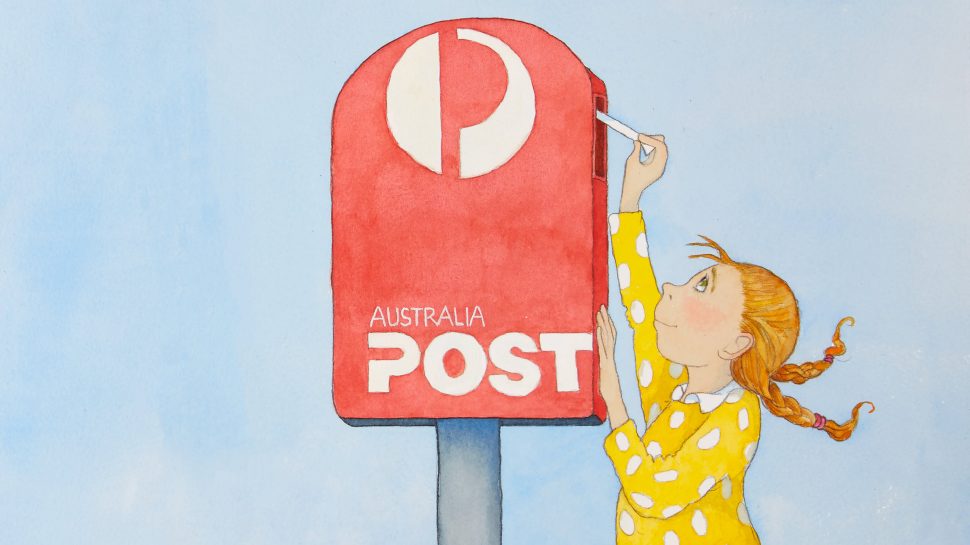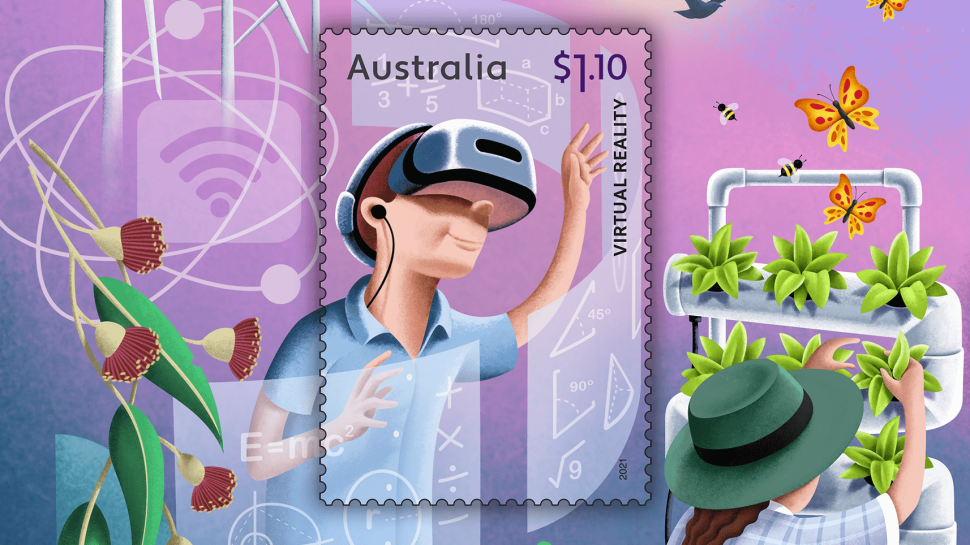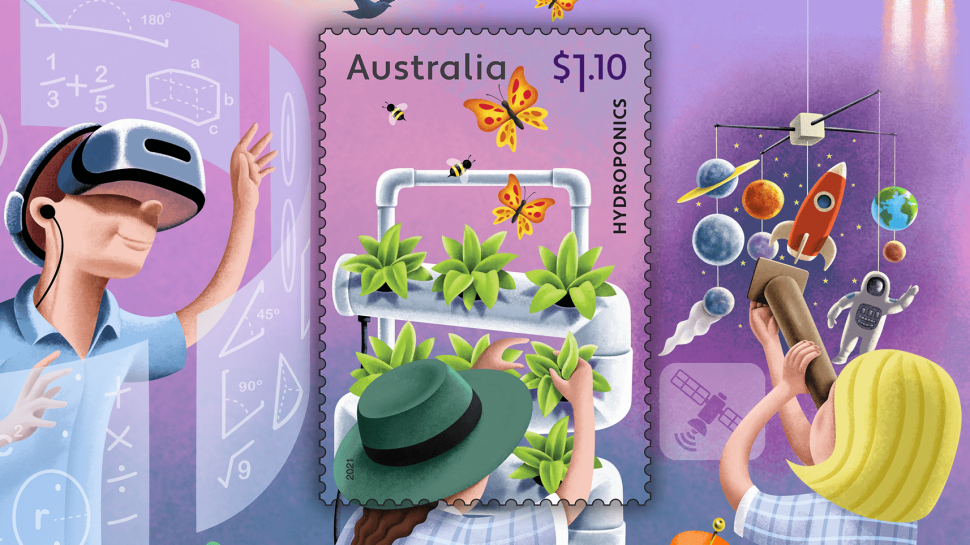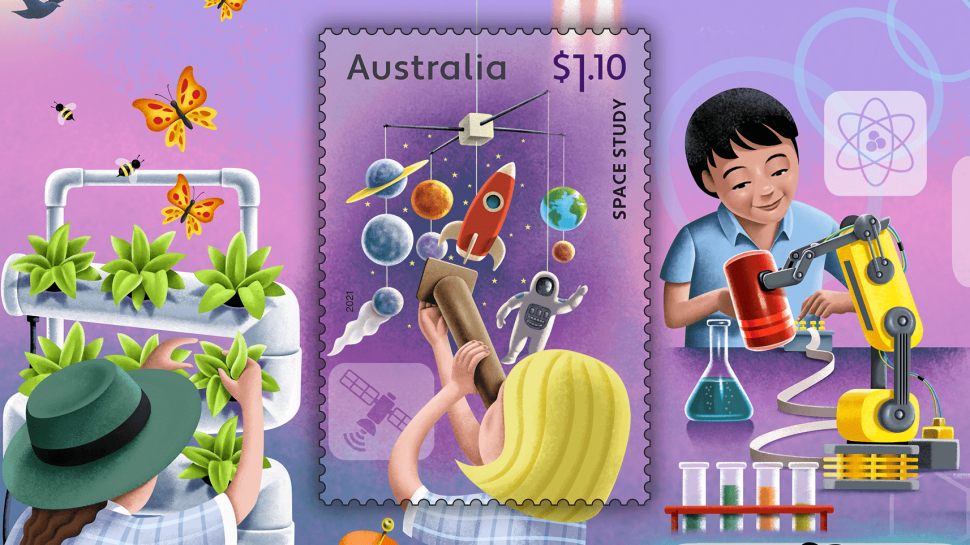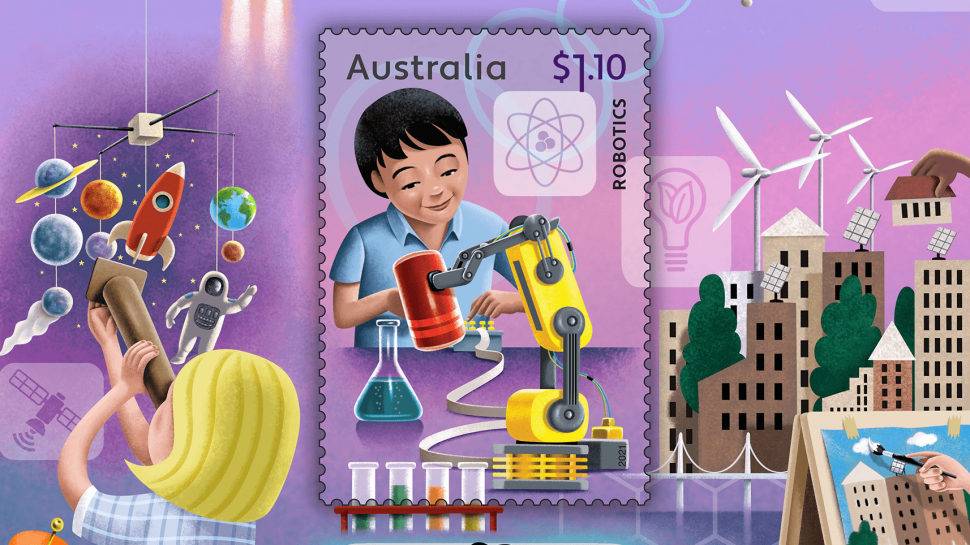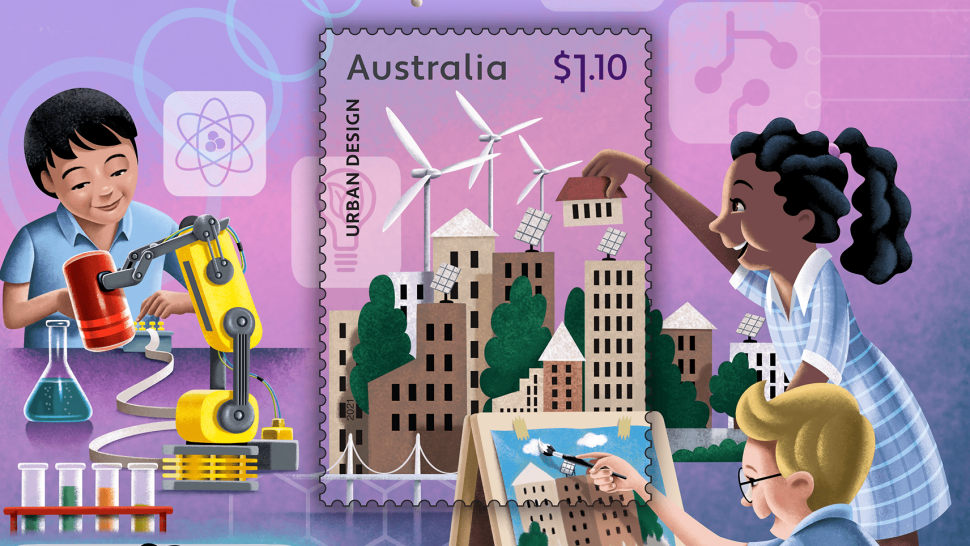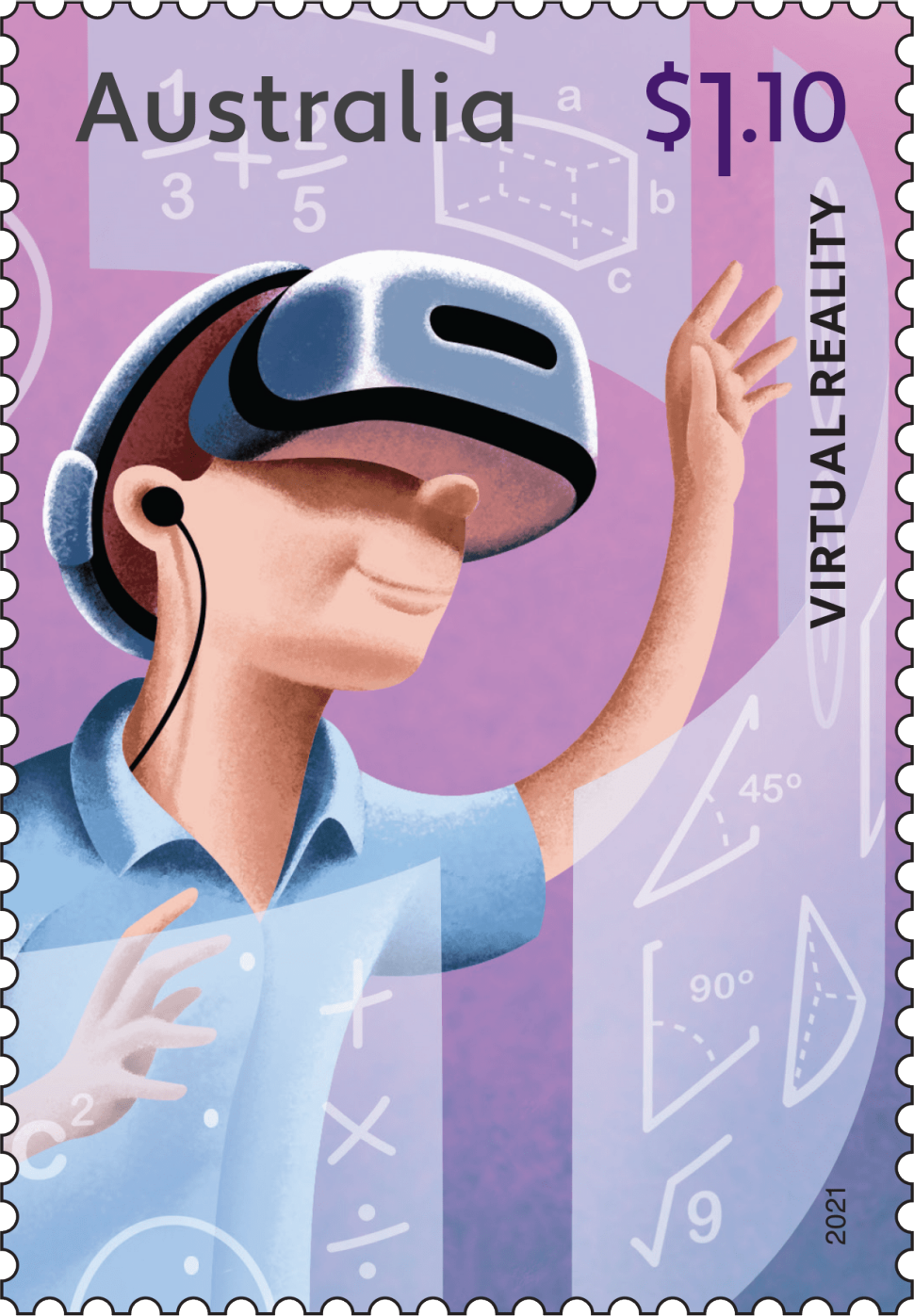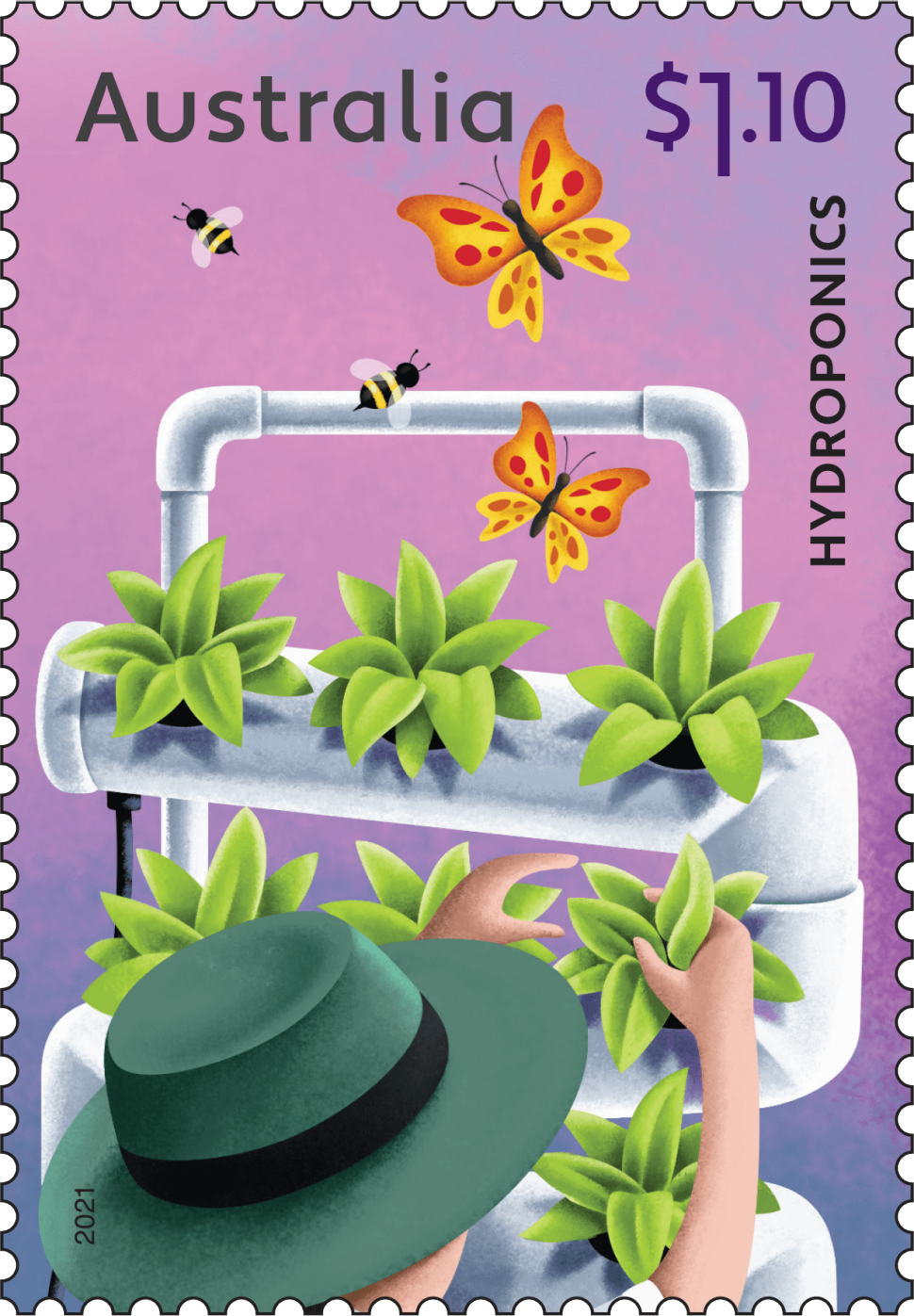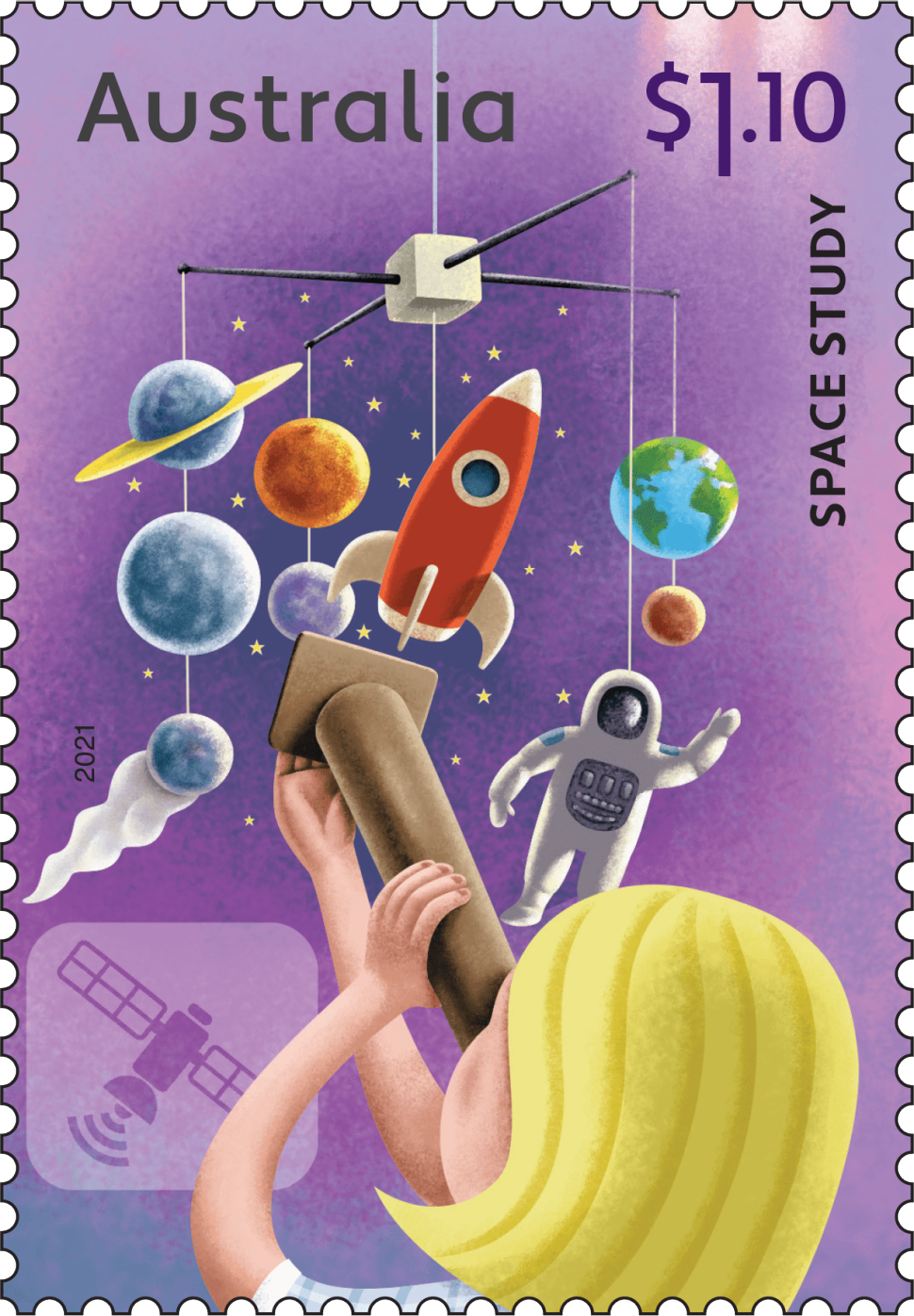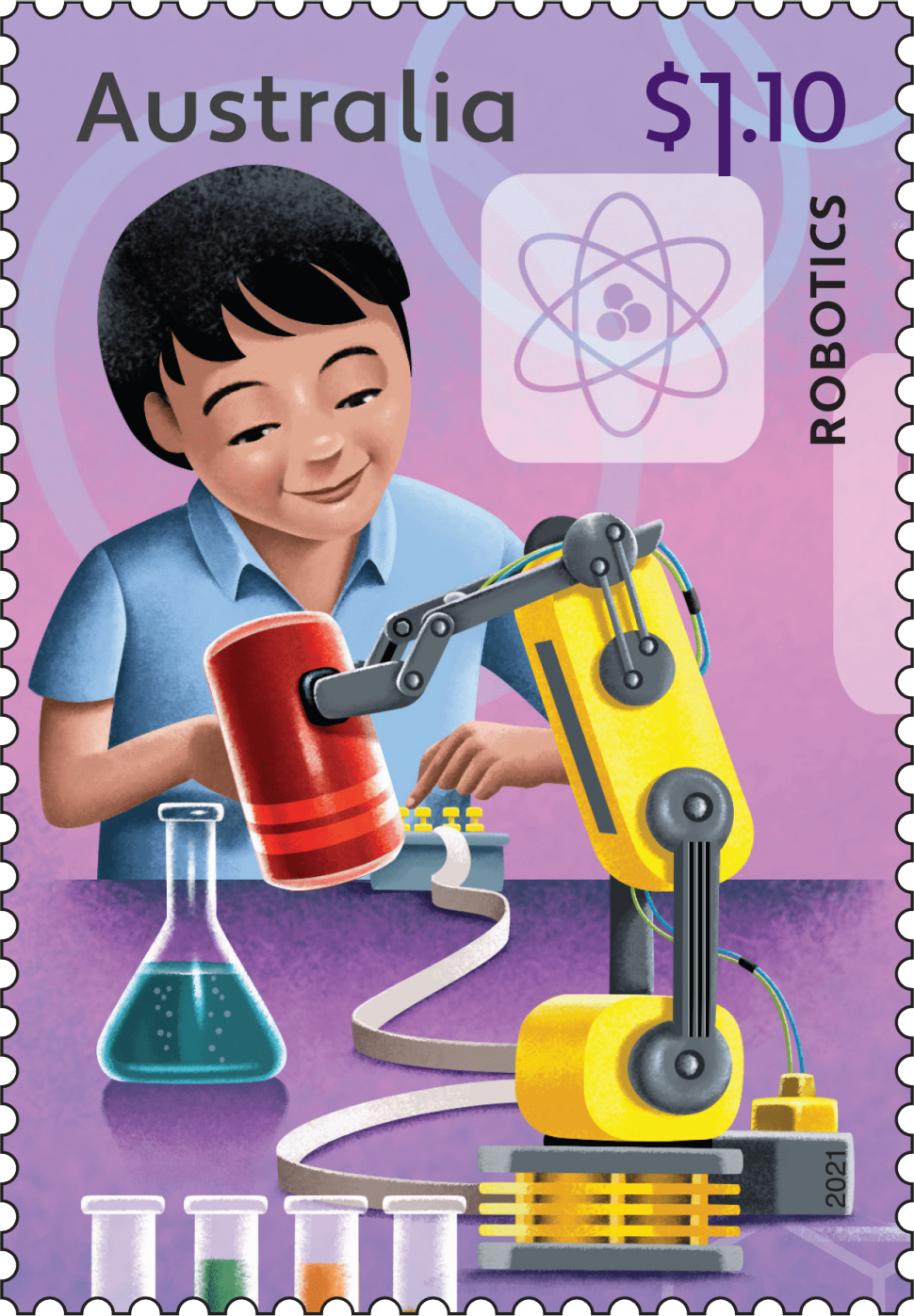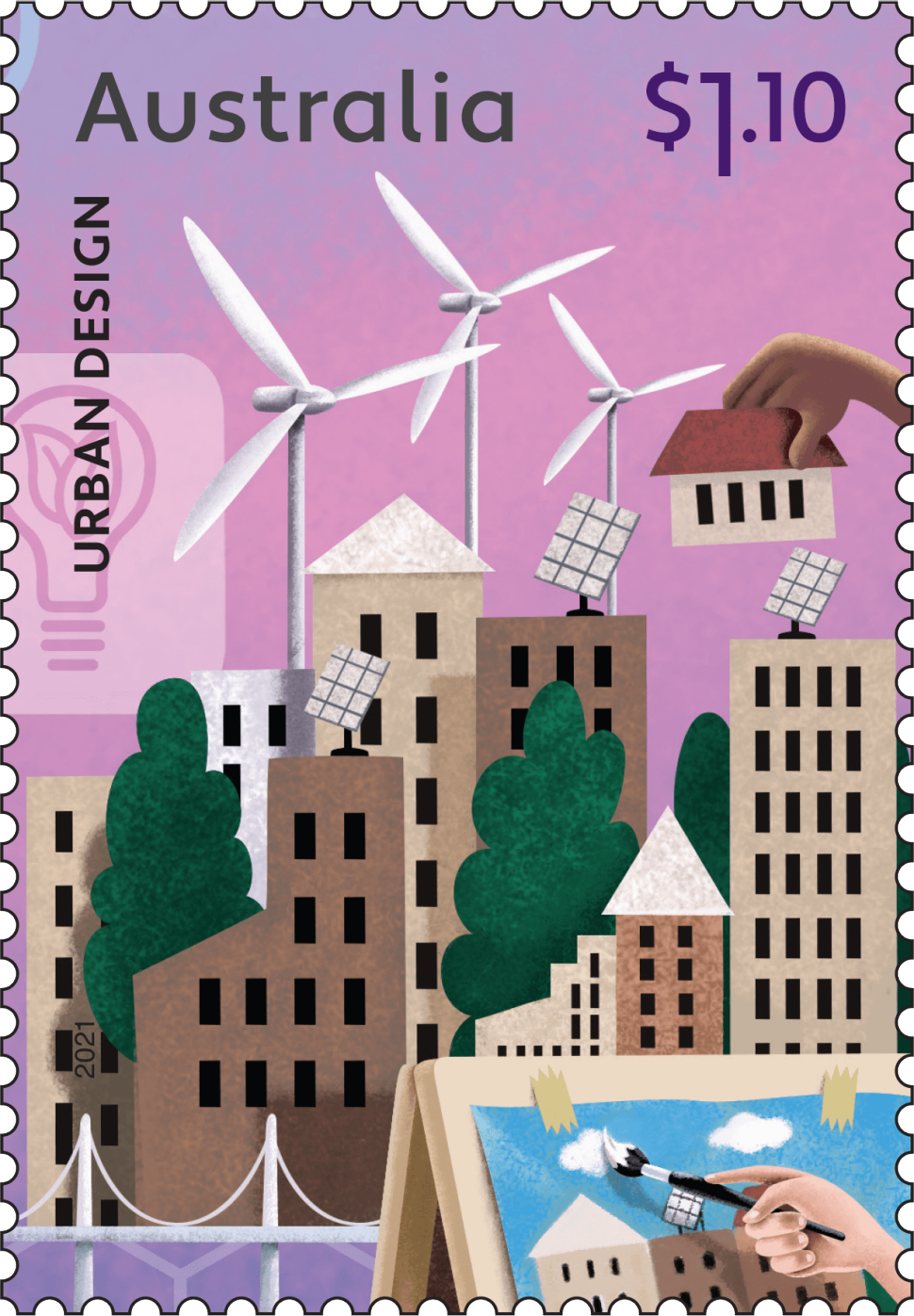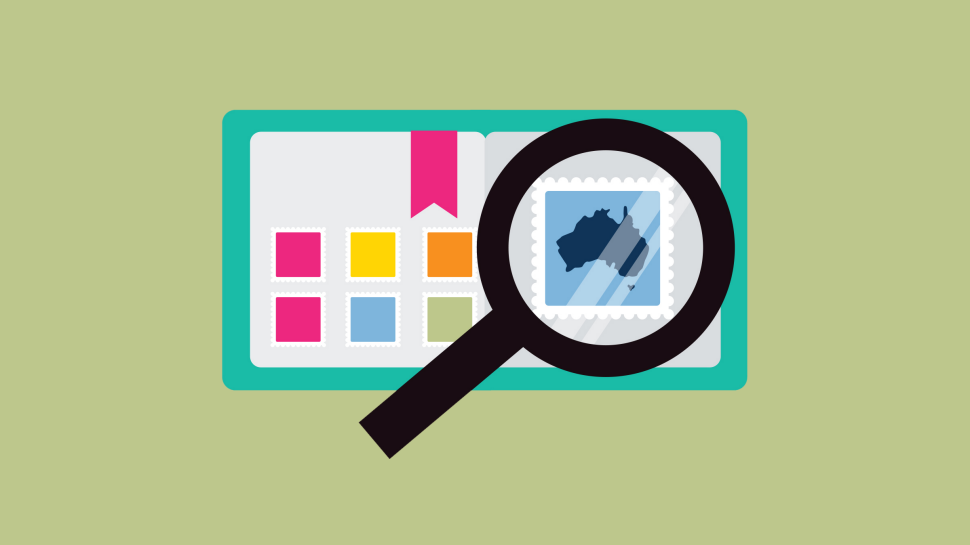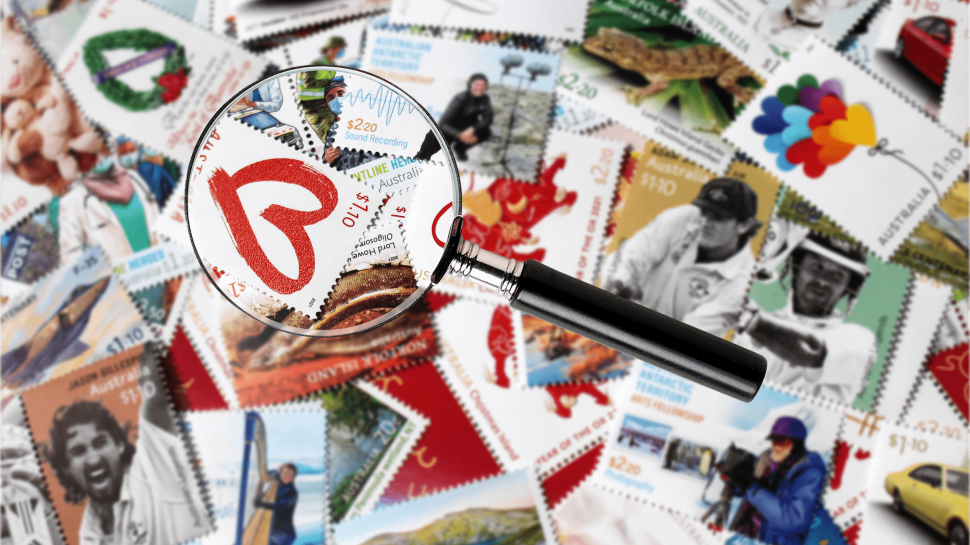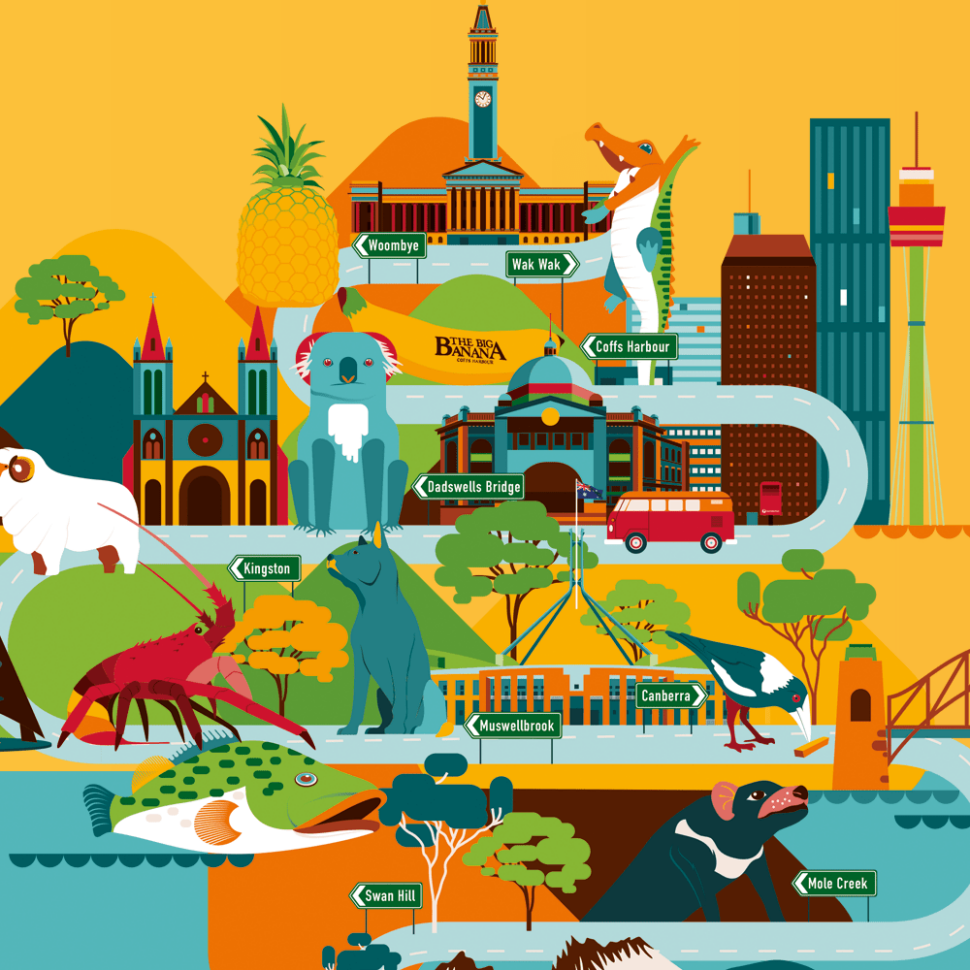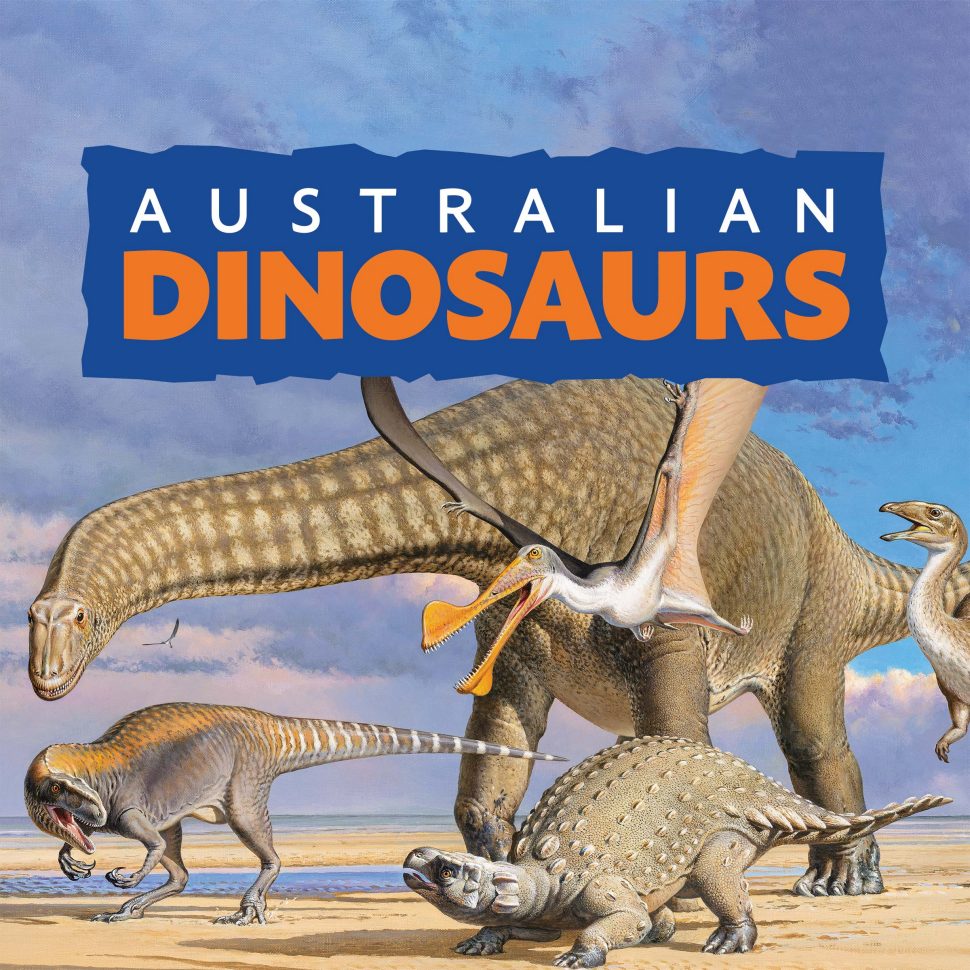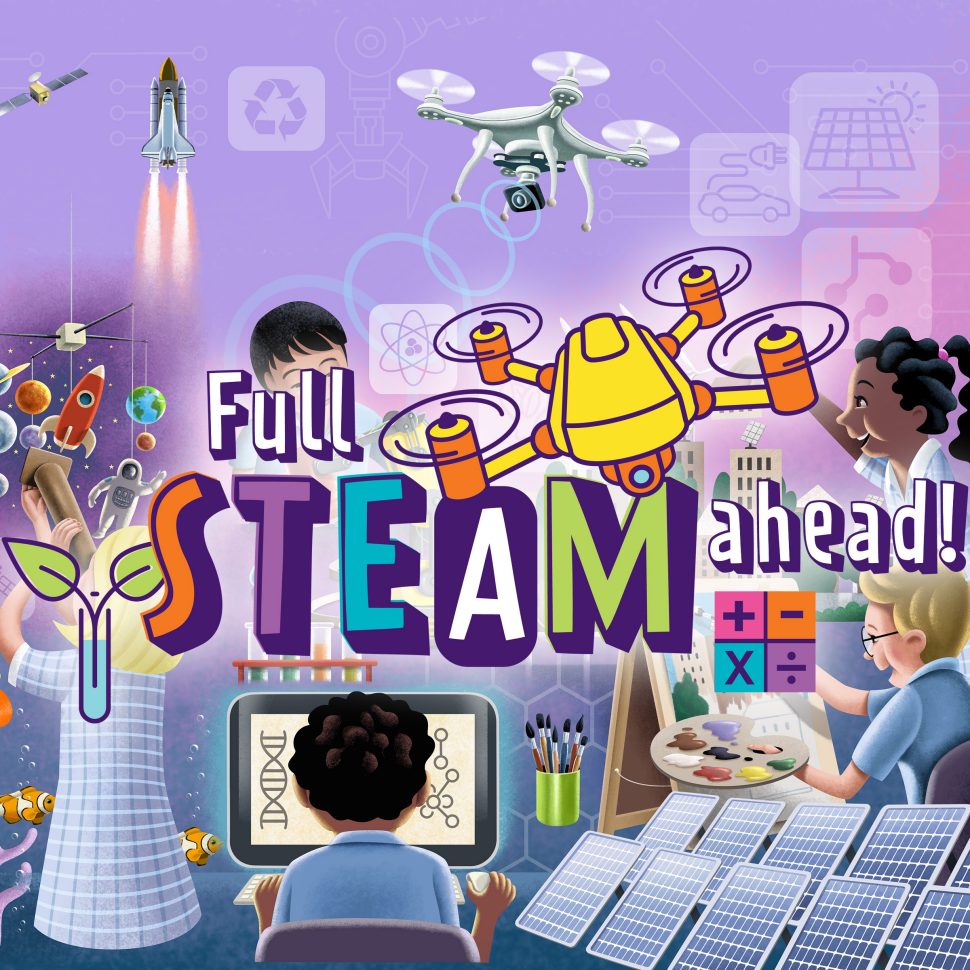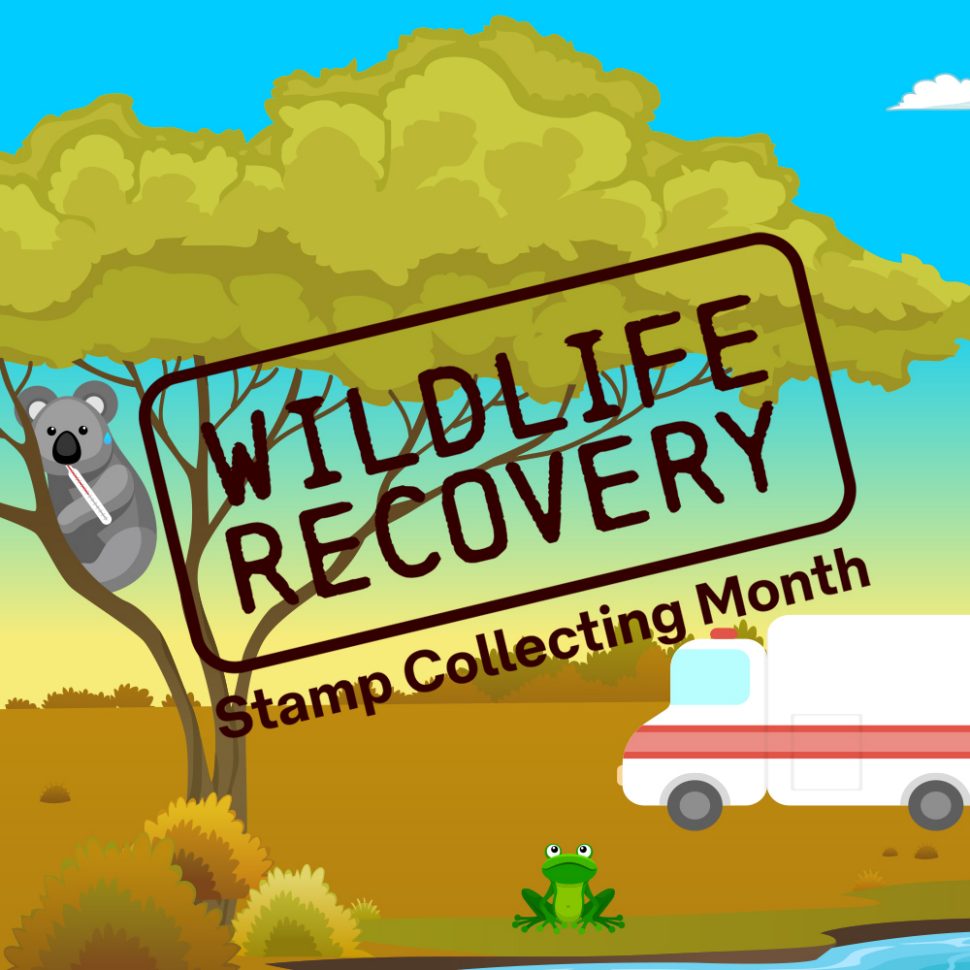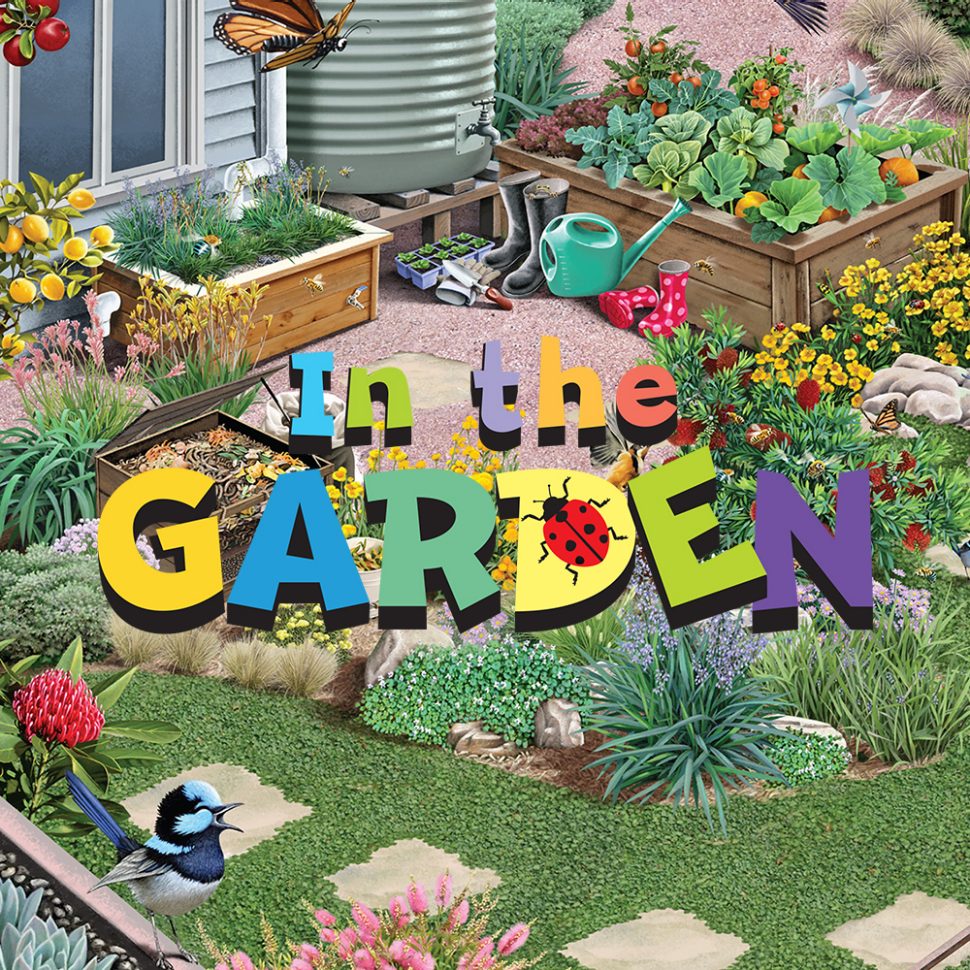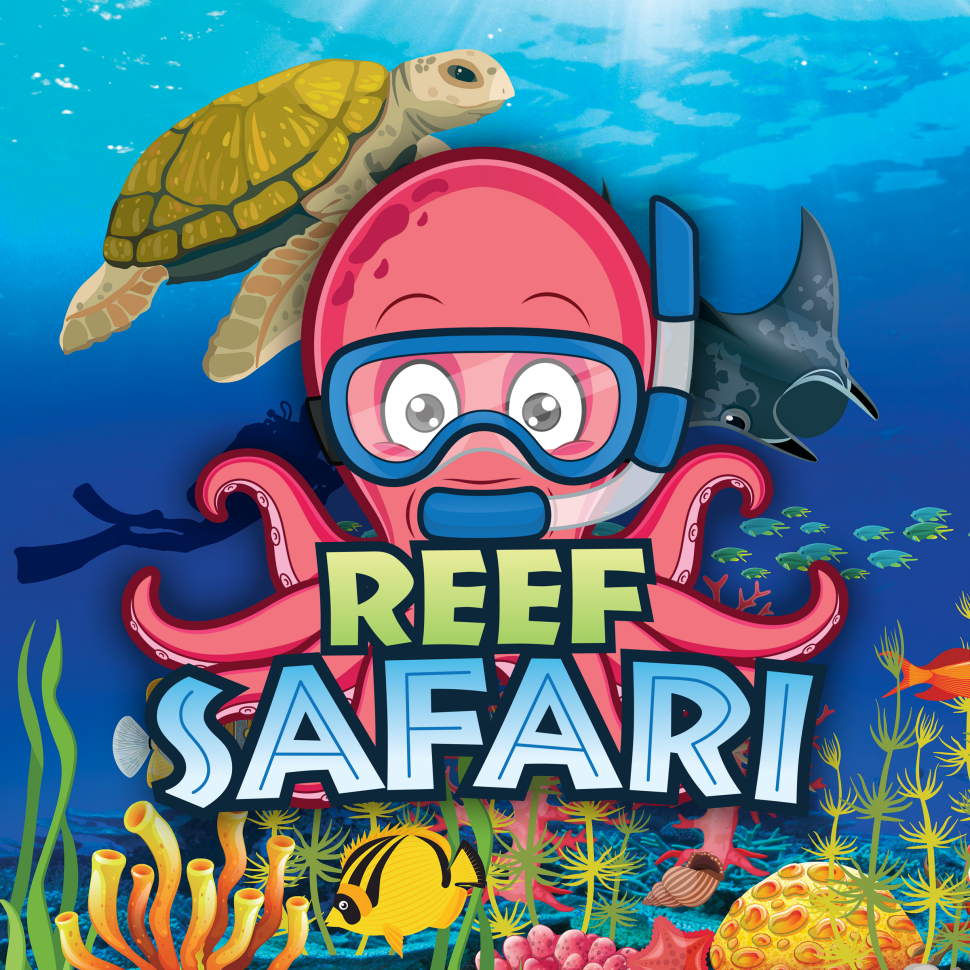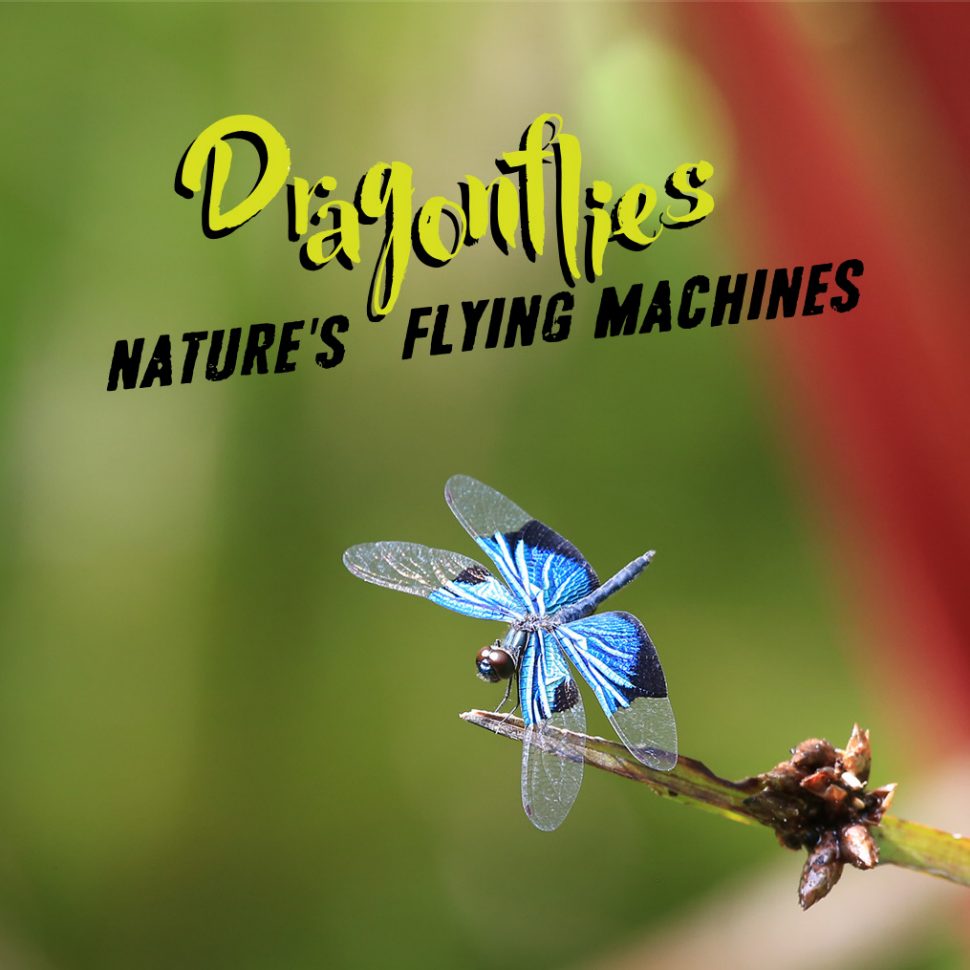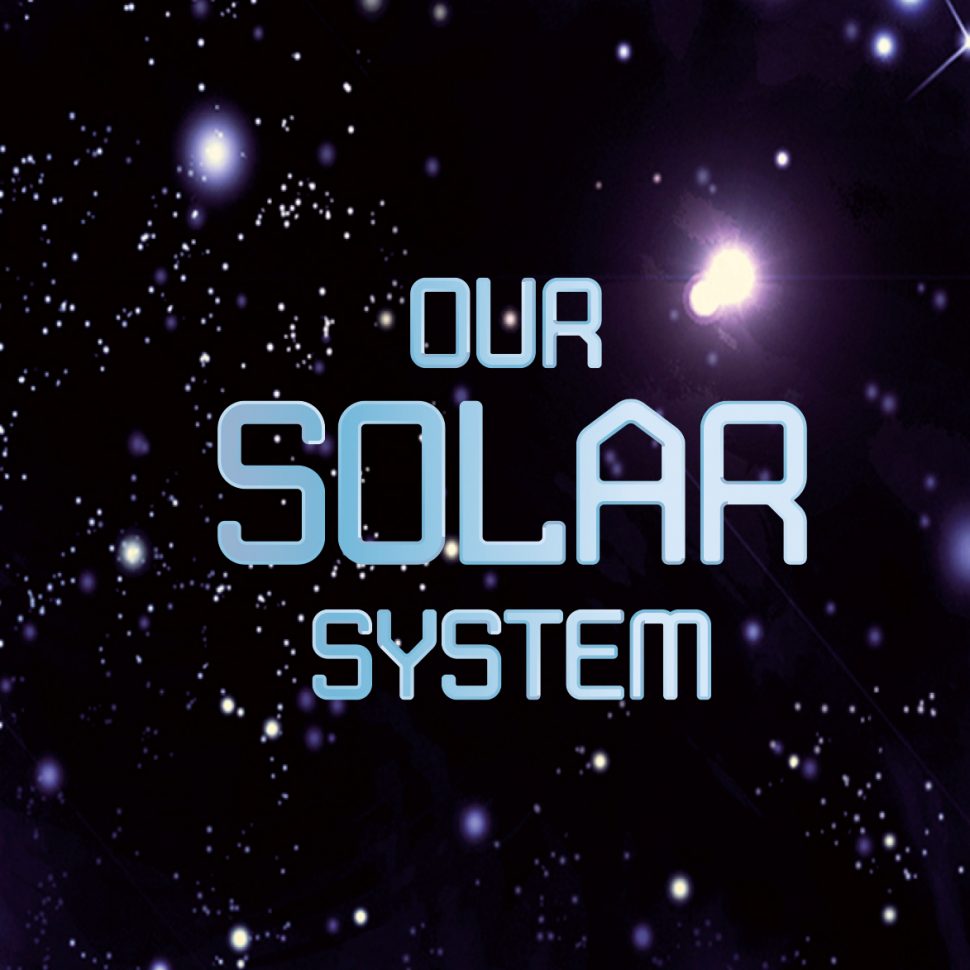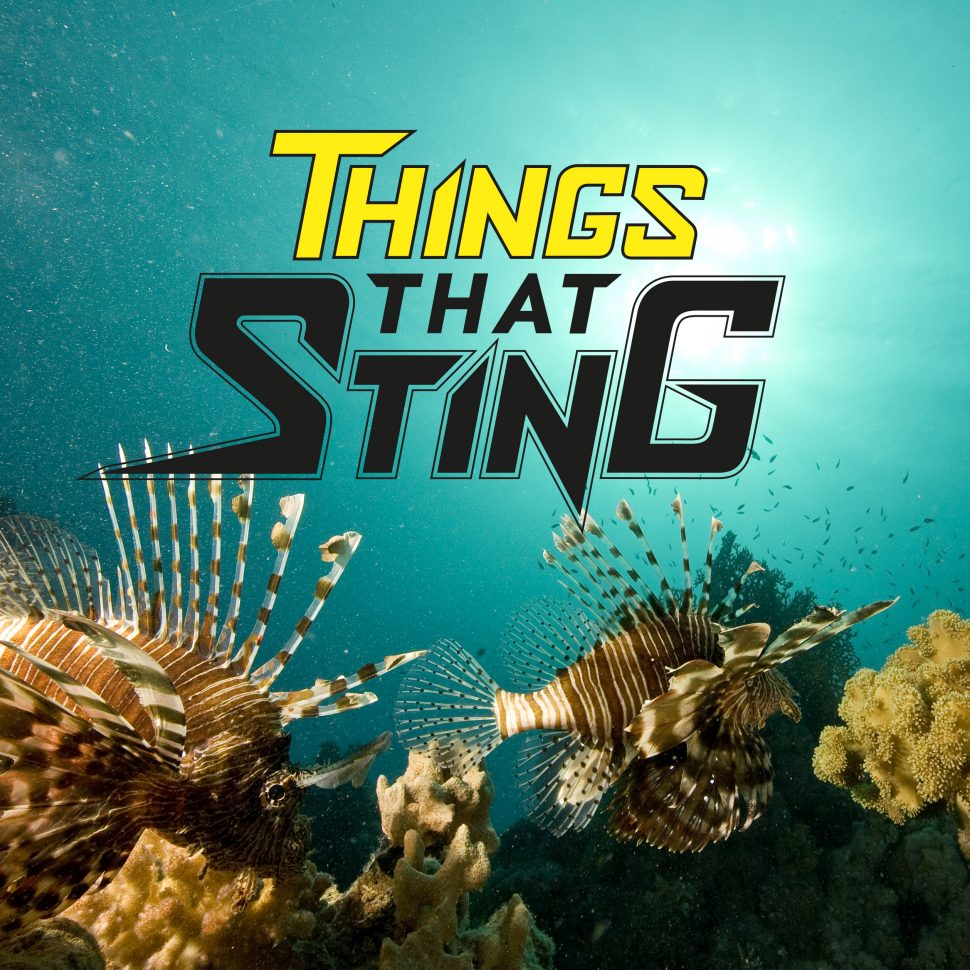Space science is a perennial favourite with students and, with the recent landing on Mars of the NASA rover Perseverance, also very topical. The mysteries of the galaxies, nebulas, black holes and stars transfix children, and the study of infinite space helps them understand their own place in the universe. Organisations such as the Victorian Space Science Education Centre, established by the Victorian government, engage students and teachers with a range of facilities, such as a simulated Mars surface room, a mission control centre and a laboratory. Other programs and online topics at the centre include astrophysics, quantum computing and Newton’s Laws of Motion. Other centres, such as Science Space in New South Wales, offers students exciting immersive space experiences.
